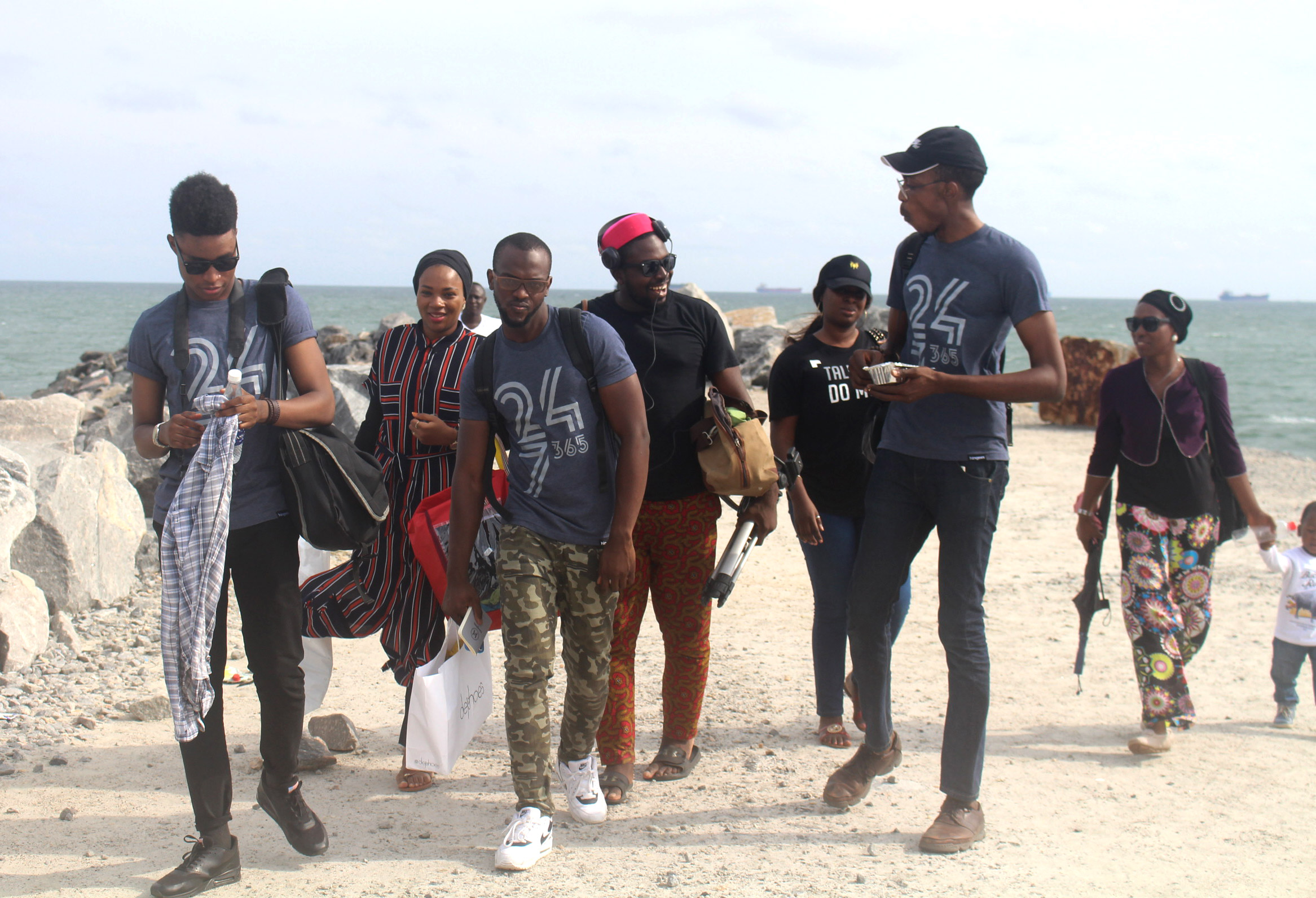Mushin is unarguably one of the biggest leather markets in Nigeria. It’s a rough, typical market located on the mainland axis of Lagos.
My first major trip to Mushin to source materials happened when we made the first Hingees tote bags. The one with the “Happy Days” inscription. I had always wanted a tough, rugged, and visually appealing fabric. You know, those types that you see on Pinterest.

The sellers didn’t know the name of the fabric, and neither did I at that time. Though, it is referred to as canvas fabric in many places. So, I kept asking for canvas fabric, in a colour other than the popular cream colour. The sellers told me that they only get those kinds of fabrics once in a while, which meant that they had no control over what they sold, nor could they predict when it would be in stock. They come to the market with whatever they get from their suppliers.
It was on this trip that I came in contact with different types of leather. As much as I love leather goods, I had zero ideas about the quality and the different types of leather that existed.
Seeing them that day laid the foundation for an idea, and I knew I would be back someday.
A few months later, I attended the Lagos Leather Fair event at Victoria Island. It featured many 5-star artisans from Nigeria and around the world. At the event, I learned about the tannery in Kano that supplies leather to Louis Vuitton. During the event, I attended a few workshops and spoke with some of the artisans to understand the nature of leather. We had started making the first set of Hingees Leather Bracelets by then and planned to make wallets and cardholders.
When the time was right, I spoke to our leather artisan about our plans. I sent him a few sketches, and he promised to deliver samples. The initial samples arrived, but I wasn’t satisfied with the quality of the leather. So I hit the market myself, starting from the first leather stall in Mushin and checking out the leather quality based on my experience at the Leather Fair.
I got a few good ones.
I asked the sellers if it was possible to have the same type of leather whenever I wanted, but it turned out to be the same issue with the tote bag fabric. They can’t guarantee stock, and they sell what is available to them from their suppliers.
I sent the leather sheets to our artisan. He was excited, and the finished product was great. So, we decided to go back to the market together. He’s a veteran in leather crafts, and I have an eye for the good stuff. Going to the market together was the perfect combination of magic that we needed.
The first time we went together was equal parts exciting and exhausting. We went around the leather market twice. He would look at a piece of leather and show me qualities to look out for, to identify top grain (high quality) leather. A perfect example is that natural leather hardly has an even feel. It’s often characterized by some irregular patterns across the sheet. The diameter also varies in some cases.

We quickly established a relationship with the sellers who seemed to have high-quality stock, clustered in a section of the market. He also introduced me to some of his old allies in the market.
After our first trip, our artisan and I went to the leather market together about three more times, so that I could learn about the intricacies of leather. These days, whenever I go alone, I know exactly what I’m looking for and where to get it.
If you want to build a lifestyle brand that produces top-quality merchandise, take the time to source the best raw materials. Learn about them and work alongside an experienced artisan. Taking that step makes a big, big difference. You will learn more about the industry and get the best materials to give your customers the quality they will love.
Great products are built from quality materials.










Comment (1)